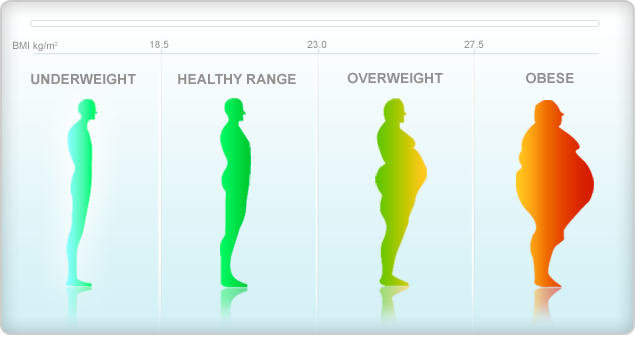

Thus, muscular people can be of healthy weight even though their BMI range falls in the obese category.Īnother problem is that it doesn’t take into account gender differences. For example, the high BMI reading of weight trainers and athletes show as overweight or obese, even when they’re not. Since muscle tissue is more dense than fat, the density and distribution do not reflect in BMI calculation. Also, it does not consider body fat percentage, muscle mass, or body fat distribution, which produces an inaccurate BMI reading.īMI measure cannot distinguish between fat and muscle. Demography plays a role in determining optimum body weight. It considered data involving Europeans to determine the range. The first problem is that BMI as a measure is not representative of all demographics. Therefore, you cannot consider it a diagnostic tool for body fat percentage.ĭespite being used since the 1840s, the concept of Body Mass Index has some drawbacks. However, BMI fails to tell if your overall weight is water, muscle, or fat. The higher your BMI, the more overweight you are. In simple terms, your BMI range estimates your total body fat based on overall weight and height. It is more of an indicator to determine if the weight is healthy and compatible for a particular height. What is BMI?īody Mass Index or BMI is a body size measurement concerning your weight and height. There are multiple alternatives to BMI for providing reliable information on how much body fat you are carrying. BMI is widely used today in healthcare settings to flag potential weight-related health issues or track the chances of obesity. It takes into account your height and weight to show whether you’re underweight, average weight, overweight, or obese. The body mass index (BMI) is a convenient guide for evaluating a healthy weight range.


 0 kommentar(er)
0 kommentar(er)
